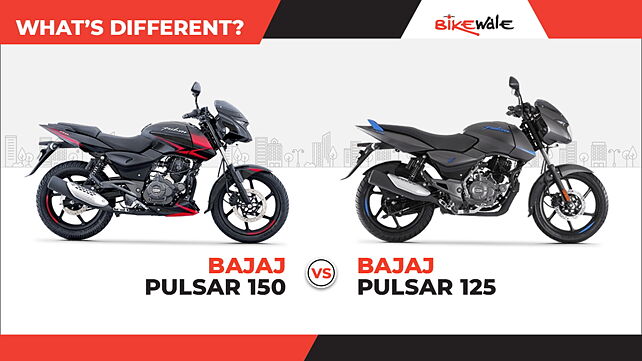
The Pulsar 150 is Bajaj’s highest-selling model in the Pulsar range. Nevertheless, the range also has a more affordable model- the Pulsar 125. Here, we list out the differences and similarities between the two siblings.
Styling

In terms of styling, both motorcycles look alike. There is the bulbous and distinctive headlamp with pilot lamps, angular tank shrouds as well as a sharp tail section with split tail lamps. The Pulsar 125 and Pulsar 150, especially in their dual-tone gloss colour options of black/white and black/red can hardly be differentiated. However, their unique ‘Neon’ colours set them apart. The Pulsar 125 gets a matte blue/grey combination while the Pulsar 150 sports a matte yellow/grey paint.
To further differentiate the Pulsar 150, Bajaj has fitted the motorcycle with an engine sump guard. The single-disc variant gets bold graphics all through its bodywork. Whereas, the top-spec Pulsar 150 dual-disc version additionally gets a split-seat and split grab rails along with sporty graphics.
Features

Bajaj has equipped both the Pulsars with a semi-digital instrument cluster. This unit has an analogue tachometer and an LCD that shows speed, fuel gauge, odometer, tripmeters along with tell-tale lights. However, the Pulsar 150 offers more value as it comes with a single-channel ABS as compared to the CBS (combined braking system) on the Pulsar 125.
Cycle Parts

The Pulsar 125 and Pulsar 150 range ride on 17-inch alloy wheels with the same tyre sizes (80/100 front and 100/90 rear). However, the Pulsar 150 twin-disc variant sports a 90/90 section front tyre and a 120/80 rear tyre. Furthermore, it gets thicker, 37mm front forks as compared to the 31mm forks on the other two variants.
That’s not all, the Pulsar 150 twin-disc also offers a bigger 280mm disc at the front and 230mm disc for the rear. In comparison, the single-disc variant has a 260mm front disc while the standard Pulsar 150 gets a 240mm disc up front.
On the other hand, the Pulsar 125 is offered in two variants- disc as well as drum. The disc version sports a 240mm front disc while the other gets a 170mm drum. Nevertheless, both versions sport 130mm drum brakes at the rear.
Engine

The Bajaj Pulsar 150 is powered by a 149cc, single-cylinder, air-cooled engine that produces 13.6bhp of peak power at 8,000 rpm and 13.4Nm of torque at 6,000rpm. Meanwhile, the Pulsar 125 uses a smaller, 124cc engine that churns out 11.6bhp of power at 8,500rpm and 11Nm of torque at 6,500rpm.
Pricing
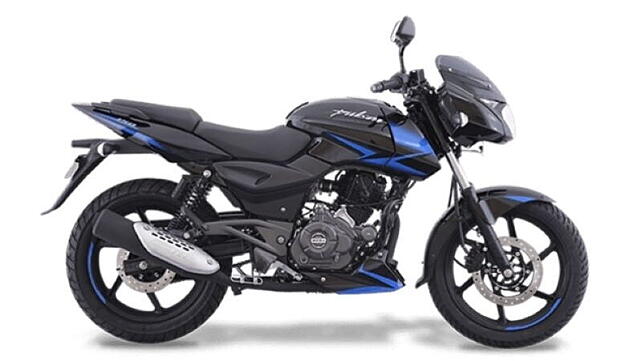
Bajaj has priced the Pulsar 125 at Rs 69,997 for the drum brake version and Rs 74, 118 for the disc version. Meanwhile, the base Pulsar 150 costs Rs 85,536 and the single-disc version is priced at Rs 94,957. Nevertheless, if you want to opt for the top-spec Pulsar 150 twin disc, it will cost you Rs 98,835 (all prices ex-showroom).

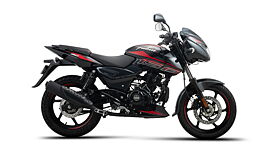
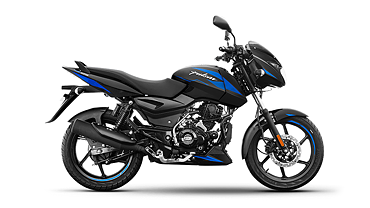
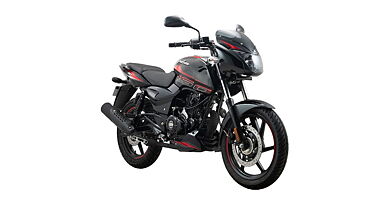

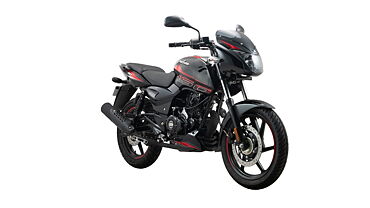


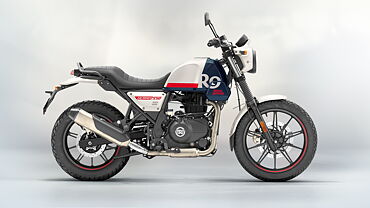
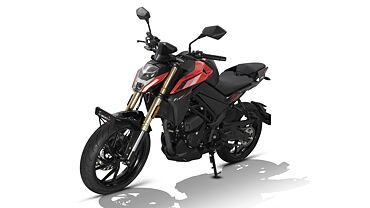
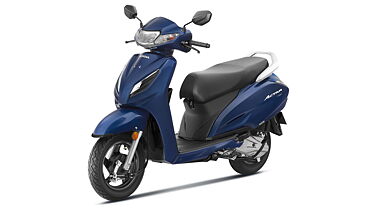




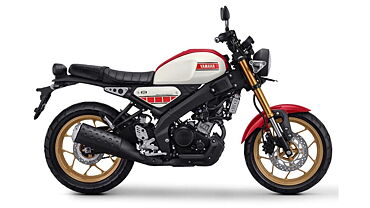
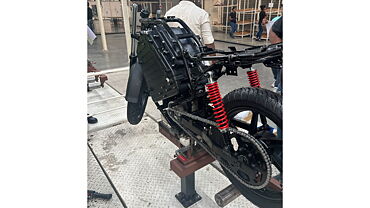




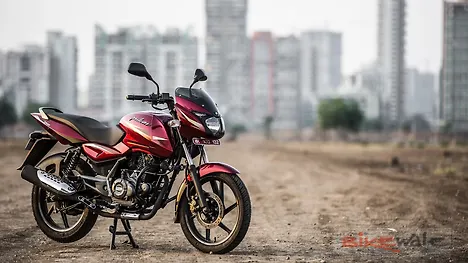
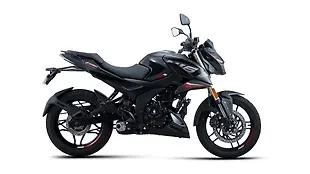
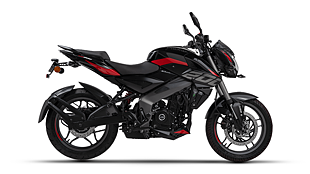
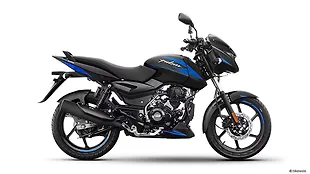





![KTM 390 Adventure X [2025] KTM 390 Adventure X [2025]](https://imgd.aeplcdn.com/272x153/n/cw/ec/190885/390-adventure-x-2025-right-side-view.jpeg?isig=0&q=80)